Product packaging plays a pivotal role in any brand’s sales process. Long gone are the days of purely functional product packaging, when boxes and bottles bore little more than the necessary accoutrements to ensure they could be held by human hands.
Now, new product packaging is a major piece in the puzzle of winning sales, gaining traction in a saturated market space and even improving a company’s public perception.
Although the basics of functional form factors still apply, the importance of thoughtful, communicative packaging has never been greater. This importance is uniquely felt in different industries.
Food Industry Specific Packaging
Food packaging, for instance, is heavily relied on to preserve product freshness and visual appeal throughout shipping, handling, and storing on shelves, until customers make their purchases. Combined materials and forms make such feats (and a few others) a possibility.
Physical and Barrier Protection
Product protection is extremely important in the design of food packaging. Defense against bacteria with special techniques like modified atmospheres keeps food products from spoiling prematurely, as do oxygen absorbers and desiccants.
Tamper Resistance
Additional security measures are often necessary for especially susceptible food products. In such cases, tamper resistance measures are interspersed in product packaging designs to maintain compliance and ensure product integrity from manufacturer to consumer.
Tamper-evident sealing techniques are one such measure used to indicate whether products have been altered before reaching distributors.
Portion Control
Assisting consumers with managing their own consumption habits is an integral part of new product packaging designs. Fashioning each package of food products to hold a single serving size makes consuming the product itself a lot easier.
Electronics Industry Specific Packaging
Industrial and consumer electronics alike necessitate the use of carefully designed packaging. The utmost attention must be paid to packaging materials and dimensions to make sure products are not damaged in transit and rendered useless before buyers can get them.
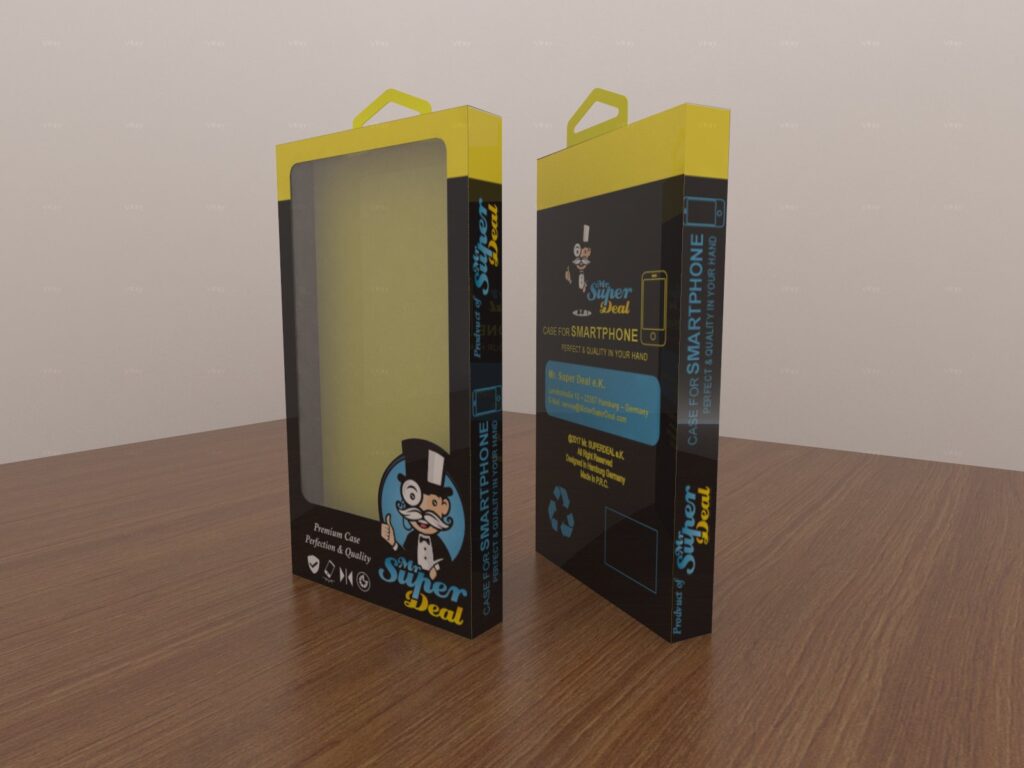
Materials like bubble wrap, static-shielding plastics, specialty tapes, and layered cardboard come into play as protective go-to’s, keeping delicate pieces properly prepped for impacts and hazardous environmental exposure.
However, secure materials aren’t the only options for preserving product integrity. Clever packaging design techniques provide loads of protection at a fraction of the cost of higher quality materials.
Suspension Packaging
Suspension packaging places products in the space at a package’s center to better accommodate the dangers of shipping and handling. This is done by literally suspending the product in film or a similar material within a larger container. Once packaged, products are impervious to all but the most improbable of shipping conditions.
Retention Packaging
Cost-effective materials like cardboard composites, plastic films, and Styrofoam are custom-fitted to the form of your products, placing them in an interior shell within boxes and containers for stability in transit.
Why New Product Packaging Design is Important
Unlikely as it may seem, buyers consider almost every purchase from a largely emotional standpoint, choosing products that genuinely make them feel good over others that do not.
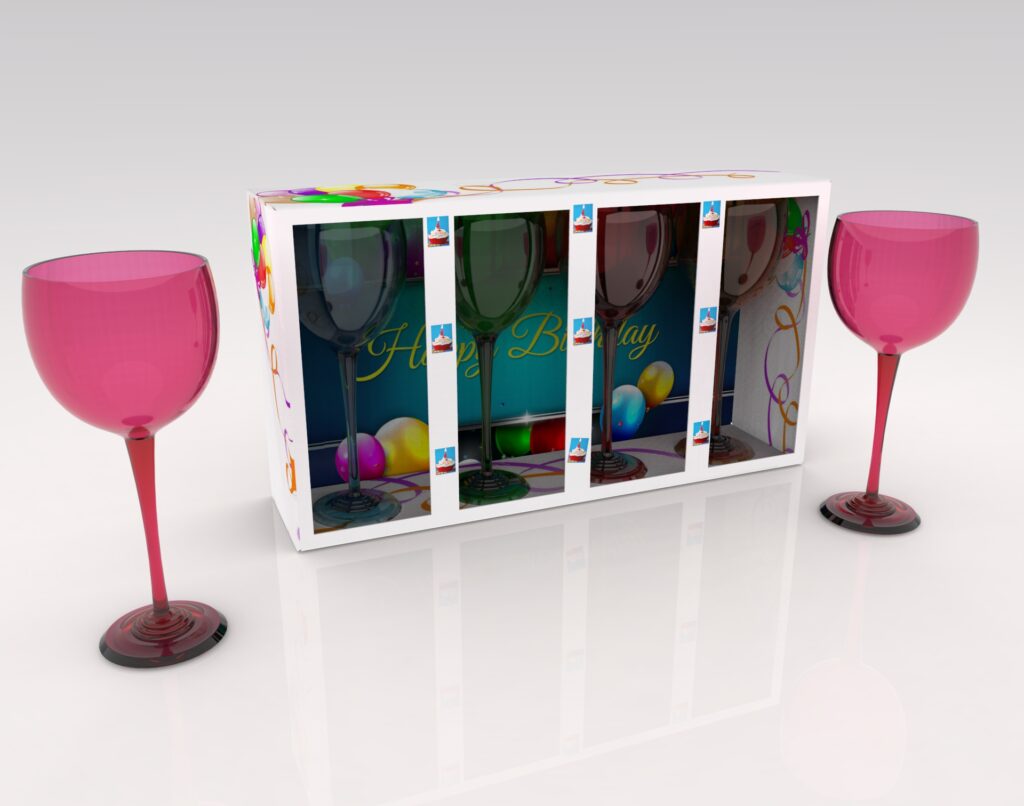
A shopper chooses items to add to their cart on the basis of their own self-perceived identity more than most anything else. Where established brands rely heavily on internalized familiarity, startups and newer companies can use the unconscious desires of consumers to tap into their decision-making process with pleasing product packaging designs.
Emotion as Impetus
Emotional appeal is not to be taken lightly in the design process. Packaging that strikes an emotional chord can completely overpower technically superior offerings in total sales.
Clear portrayal of your product’s benefits and strengths in prominent positions on your packaging can be powerful enough to create emotional appeal. Pointing out eco-friendly design and recyclability, for instance, can strongly encourage buyers to pick up your product.
Aesthetics for Enjoyment’s Sake
The mere look and feel of your product’s packaging can provide enjoyment to purchasers. In fact, there is evidence to suggest that packaging that can hold a shopper’s attention for a longer time is usually judged more favorably.
New brands are free to experiment with their product packaging designs to deliver an enticing look with enough allure to keep them competitive among more familiar options.
However, established brands can also set themselves apart without confusing consumers in the process. The addition of personalized features such as people’s names and favorite sports teams on product packaging can help keep consumers using a specific item.
Packaging Differentiates Your Brand
New product packaging designs carry the burden of brand differentiation to ever higher degrees as the modern marketplace grows more competitive.
Besides colors and custom labels, the physical design of your product’s packaging is likely to produce significant results with consumers.
- Custom Shapes
Many products come in quite similar packaging for practicality’s sake. However, this does not stop certain offerings from standing out on the shelves on shape alone.
An aisle of beverages in bottles can create a homogeneous visual environment for most shoppers, but bottles that subtly diverge from the norm are likely to get more attention.
Not so subtle variations certainly work as well, with examples ranging from drinks and snack jars that look like familiar objects or animals to circular and octagonal product packaging options.
So long as practicality is not eclipsed by the design (easy to stack, hold and carry, etc.), quite a bit of innovation can be had in this area.
- Custom Presentations
Presentation is a fluid enough aspect of packaging for even classic brands to experiment with. Joining multiple products into combos and seasonal packs creates stronger visual appeal without altering familiar packaging designs.
Such techniques as industrial die-cutting help to create even more enticing packaging presentations by increasing inner product visibility. This gives consumers a chance to assess the things they want to buy without opening packages up.
- Interactive Packaging
The concept of interactivity in new product packaging can mean as much as incorporating wireless technology or as little as providing a door that reveals a die-cut window for detailed viewing of the product.
Through such interactivity, you can encourage greater engagement from consumers with your product.
Product Packaging Serves as Marketing Material
Labels helping reinforce marketing efforts are a given, but the part played by thoughtful packaging is worth considering as well. Packaging that optimizes the placement of benefit-bearing labels, for instance, may fare far better with quickly discerning customers.
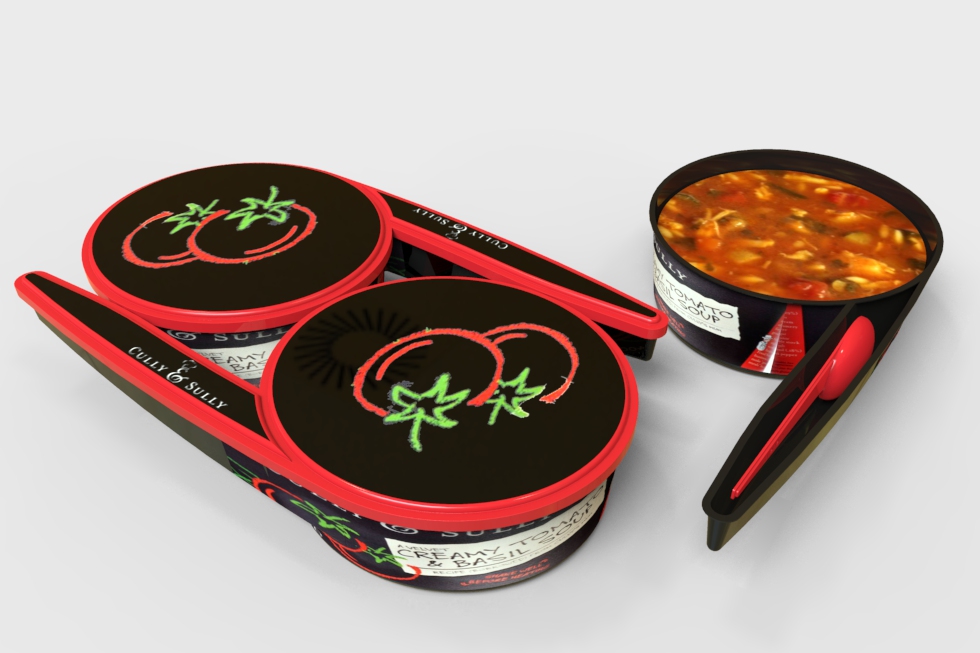
Consumer tastes are constantly evolving and packaging designs are not exempt from the need to keep up with the changes. Where such recent developments as the Smart Label have contributed to satisfying buyers’ growing interests in the sources of their purchases, clean, transparent packaging designs have also helped provide deeper insight at the moment of decision-making in the marketplace.
New Product Packaging Design Process Steps
Creating completely new product packaging designs for offerings that have yet to be released may be a bit more lax of a process than re-imagining designs for products consumers are familiar with. Yet, you can take certain factors into consideration.
Researching Competitors
This pivotal first step in product packaging design involves detailed study of other brands in your product’s niche and their chosen designs. Taking note of common characteristics between competing brands’ packaging can help to highlight key areas ripe for differentiation.
Creating Buyer Personas
Another key phase in the product packaging design process is that of creating detailed buyer personas. A buyer persona is a fictional representation of the qualities and interests of your product’s target audience.
In the creation of a buyer persona, such factors as age, gender, and education level are considered. With these factors in mind, the design process becomes substantially more transparent and effective. Consumer analysis in the formation of buyer personas is best done with multiple data groups for ideal results.
- Analysis by Demographic Data
This area of consumer analysis involves the age, gender, and marital status of your target buyers, among other things. Whatever information can be measured with accuracy via public statistics belongs in this area. These personal details allow for optimizations in shape, weight, and serving size to be made.
- Analysis by Psychographic Data
This body of data informs you about a buyer’s interests and personality, often differing significantly in similarities between buyers from demographic data. For instance, from a demographic standpoint, two otherwise equal targets to fashion your product’s packaging for would share marital status, gender, and income level.
However, psychographic data shifts the focus from statistical facts to personal ones, identifying that one individual enjoys time spent at home, while the other prefers getting out of the house at every opportunity. Such interests naturally make for entirely different purchasing patterns.
- Analysis by Geographic Data
Geographic data pertains entirely to a potential customer’s location. With this information, important regional alterations can be made to better reflect the prospect’s culture and setting.
Determining Consumer Expectations
Once consumers have been introduced to a new product and accepted it into their habitual purchasing patterns, it becomes important that their expectations be appropriately satisfied without major shifts in product presentation.
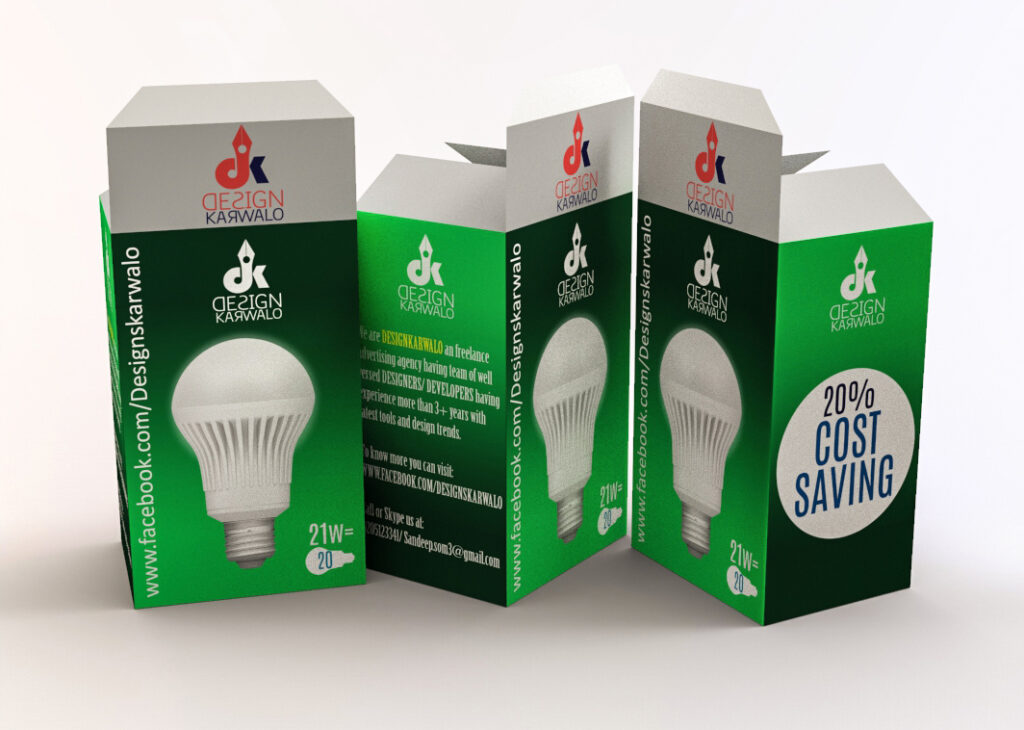
It is brand familiarity that keeps major companies from too drastically altering their product packaging designs, but small alterations are usually still possible and appreciated by buyers.
Determining Label Compatibility
An oft-overlooked aspect of product packaging design to consider is the harmony between packaging and labeling. Certain packaging material choices work well with simple sticker labels, whereas others necessitate the use of more creative labeling options such as fold-outs or wide bands.
Establishing an Information Hierarchy
In the design process for product packaging, it helps to have an idea of the information you need and want to communicate to consumers. Ranking this information in a simple list gives your communication goals direction, allowing you to decide precisely where information will need to go on your product’s packaging and design it appropriately.
Considering Practicality
Practicality in product packaging designs is all about enriching the user experience of your product. Resealable bags, cap-on-the-bottom ketchup bottles,
Drafting a Digital Design
This is the technical stage that skilled designers handle exclusively. Product shapes, materials, and sizes are factored into a detailed creative process to create packaging that fits your item like a glove. In addition to this, details such as industry standards compliance, packaging purposes, and more are taken into account.
What Makes for Great Product Packaging Design
Materials that cope well with shipping and handling are far more liable to hold their own on competitive supermarket shelves than bruised, battered packaging materials of lower quality. However, there’s a bit more to stellar product packaging than tough materials.
Environmentally Conscious Materials
Materials such as bubble wrap and Styrofoam, though quite effective for safe product packaging, aren’t the most environmentally friendly options available.
The latter of those two having actually come under fire from regulators in the US for being particularly hazardous to the environment, now is as good a time as any to consider more eco-friendly packaging materials.
- Corrugated Bubble Wrap
This unique new development in bubble wrap manufacturing ensures your product packaging is safe enough to ship without products suffering damage along the way.
However, unlike the standard plastic bubble wrap that evidently poses a threat to the environment, this corrugated bubble wrap is comprised of recycled, biodegradable cardboard.
- Biodegradable Air Peanuts
These air peanuts come as an alternative to the standard, highly eco-unfriendly polystyrene. The biodegradable varieties are made from wheat and corn starch so that they break down in nature instead of lingering for years.
- Mushroom Packaging
Yet another newcomer to the packaging party, this choice of material makes clever use of mycelium, the root structure of actual mushrooms, to create compostable packaging. A great choice for green brands, this material can be molded to any product form you can think of.
Besides positively impacting the environment, the use of these materials in your own packaging designs can also make for better public reception of your product.
Simplicity
Although attractive packaging can make or break your product’s market reception, over the top packaging will more consistently break it. Great product packaging designs keep frills to a minimum for very good reason. Complicated packaging is more expensive and can often confuse buyers if not properly thought out.
Texture
There is evidence to suggest that the mere act of holding a product can drive people to buy it. Enticing shoppers to pick your product up can contribute to boosting sales considerably. Doing so through the use of varied, inviting textures is an avenue worth exploring.
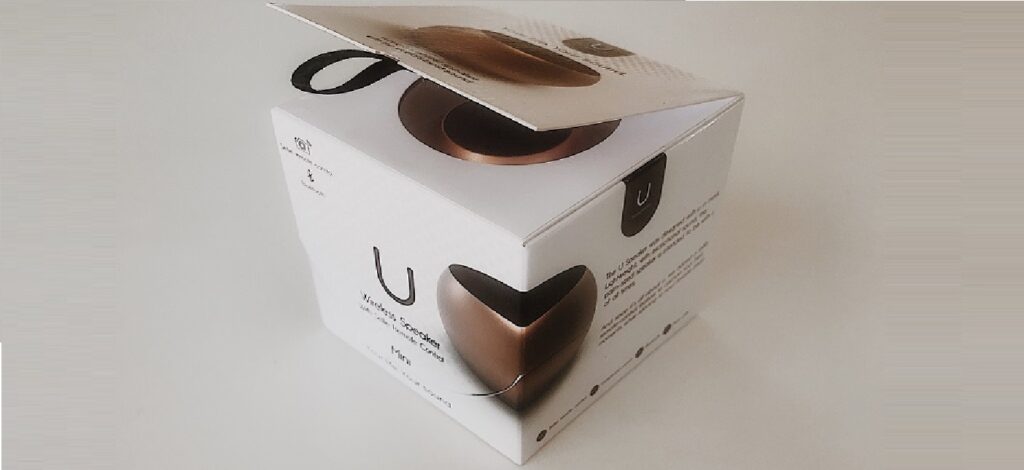
Product packaging that actually feels nice to hold can sway buyers into adding your item to their carts. This concept can also extend to people’s perception of your product’s quality and attributes. Solid, sturdy packaging will make potential buyers perceive your product as being of higher quality. Similarly, more natural textures can communicate a slew of healthy connotations to consumers.
New Product Packaging Musts
When it comes to developing brand new packaging for your product, there are a number of needs that must be met for the final design to be usable. Budget and legally mandatory standards rank at the top of this list of potential imperatives.
Efficient Material Use
Efficiency in your use of packaging materials can keep your budget in check while minimizing additional headaches. Options to consider in this regard include the use of lighter, recyclable materials as well as minimizing packaging dimensions and weight.
One example of weight-cutting in product packaging is down-gauging plastic films to purely necessary dimensions. Less weight and space requirements make for reduced shipping costs across the board.
Compliance with Industry Standards
Depending on your industry and location, certain packaging standards will need to be met. Such standards are largely intended to address the issues of environmental preservation in the face of increasing industrial activity.
In the US, for instance, antimicrobial technology must be incorporated into all packaging materials that come into direct contact with food. For prescription drugs, proper protection from light, moisture, oxygen, and temperature changes must be provided as well.
In certain jurisdictions, materials like polystyrene are entirely prohibited and, therefore, ought not be used at all. Your product packaging needs will be unique to these and other factors, but skilled professionals in packaging design can help you handle them easily.
New product packaging can be ideated and designed by one of Cad Crowd’s pre-vetted freelance CAD designers. Cad Crowd helps you leverage best-in-class designing talent from around the world to produce effective, attractive and compliant packaging for unreleased or existing products. Get your free quote now.
